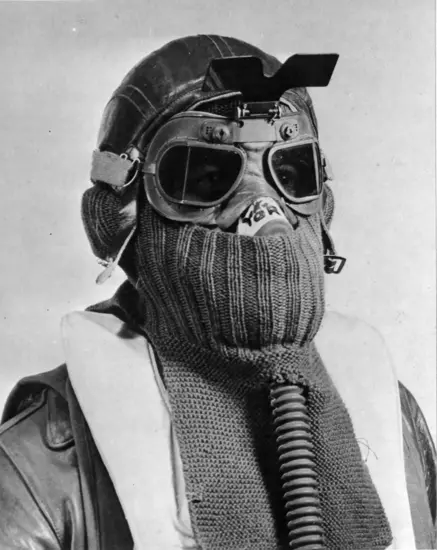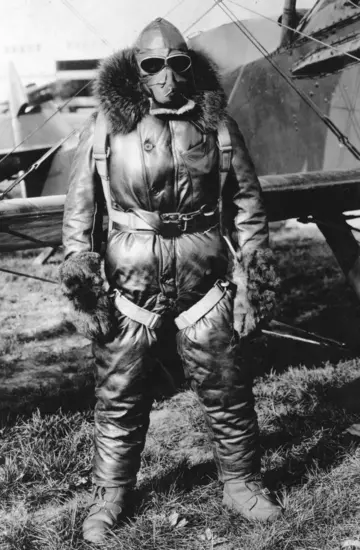
Frightful Early Flight Gear
Oct 31, 2016
Still seeking Halloween inspiration? We’re drawing spooky inspiration from our archives. These photos document early attempts at protecting aviators and their support crews. The results, while practical, were often quite creepy.
Related Topics

We rely on the generous support of donors, sponsors, members, and other benefactors to share the history and impact of aviation and spaceflight, educate the public, and inspire future generations. With your help, we can continue to preserve and safeguard the world’s most comprehensive collection of artifacts representing the great achievements of flight and space exploration.
Support the Museum
We rely on the generous support of donors, sponsors, members, and other benefactors to share the history and impact of aviation and spaceflight, educate the public, and inspire future generations. With your help, we can continue to preserve and safeguard the world’s most comprehensive collection of artifacts representing the great achievements of flight and space exploration.




















